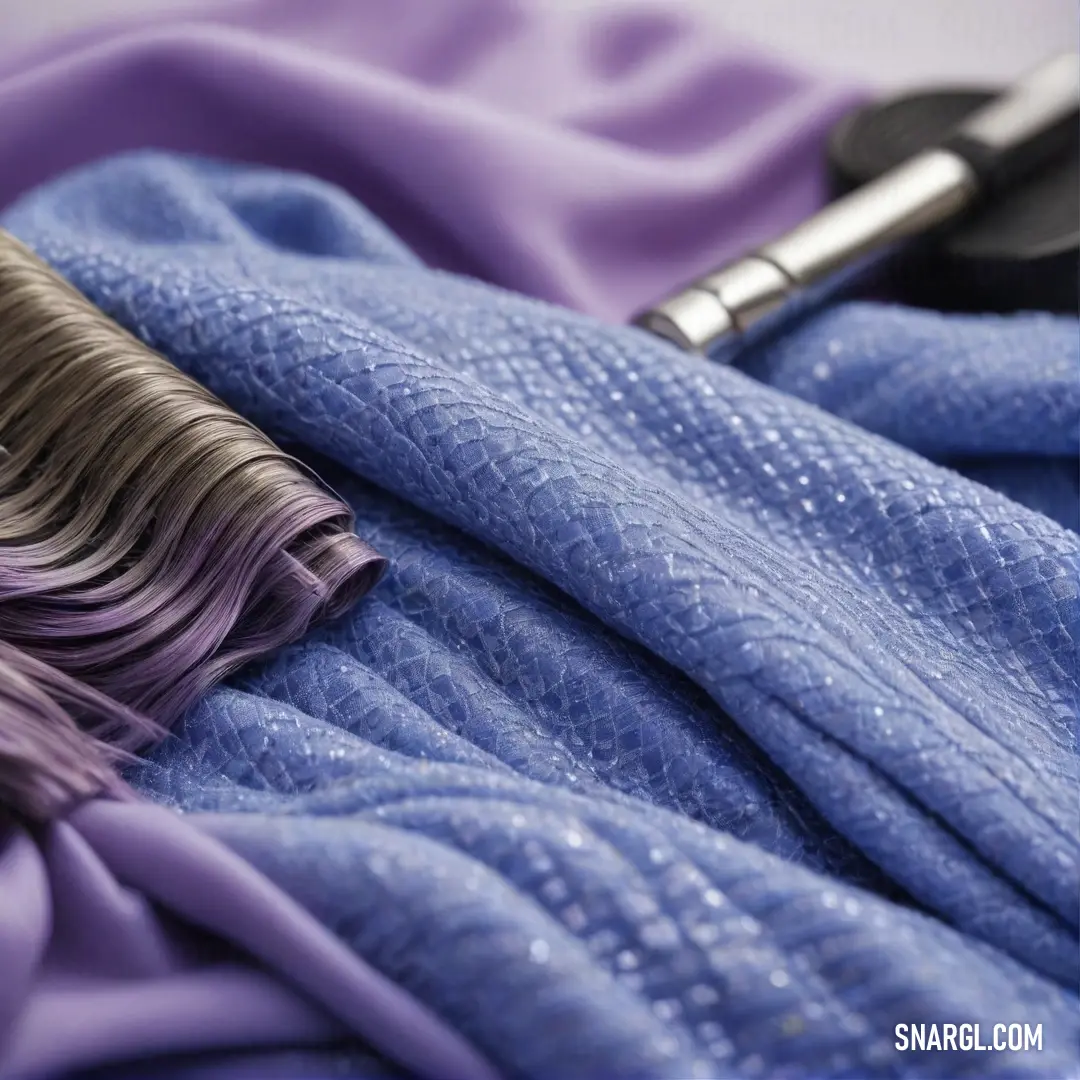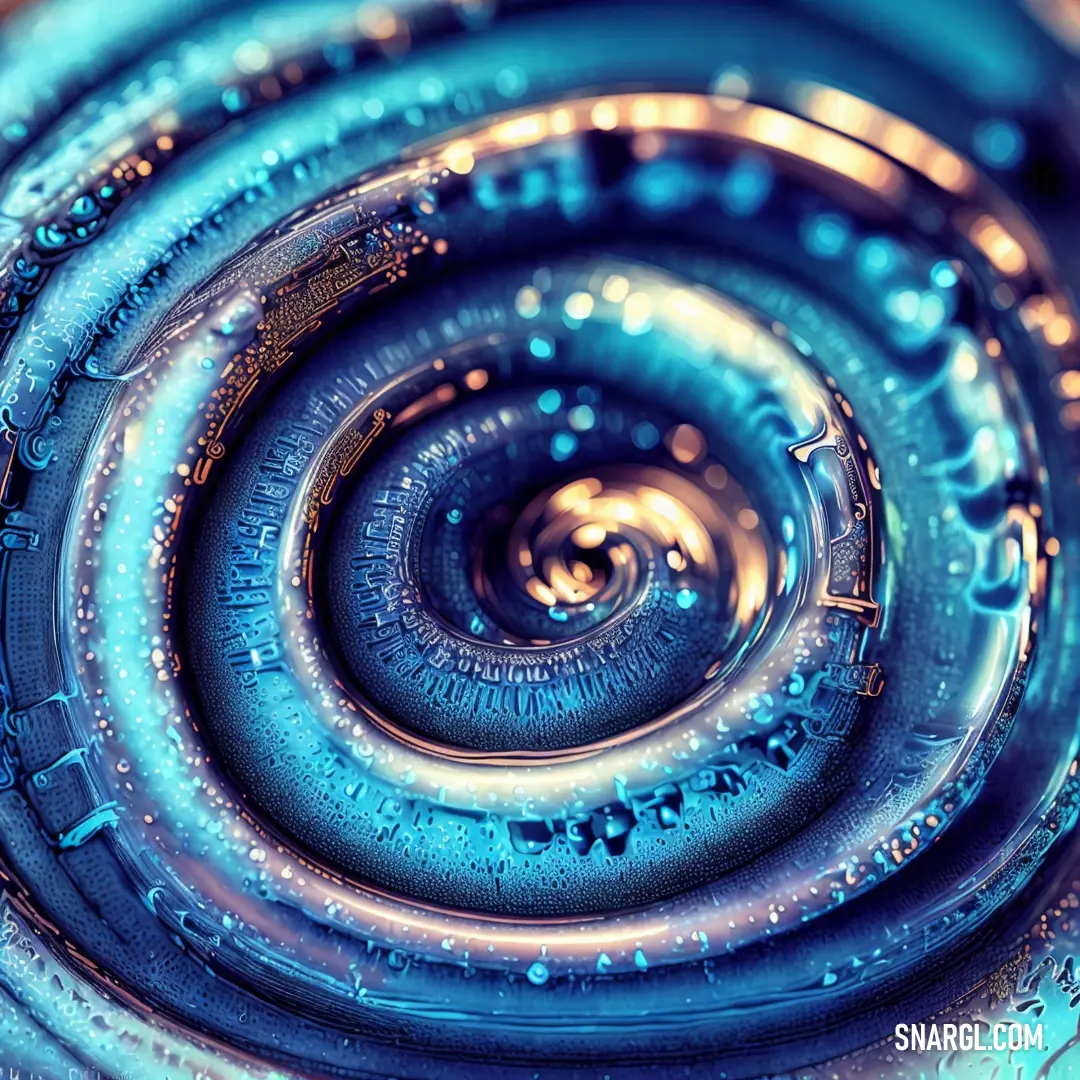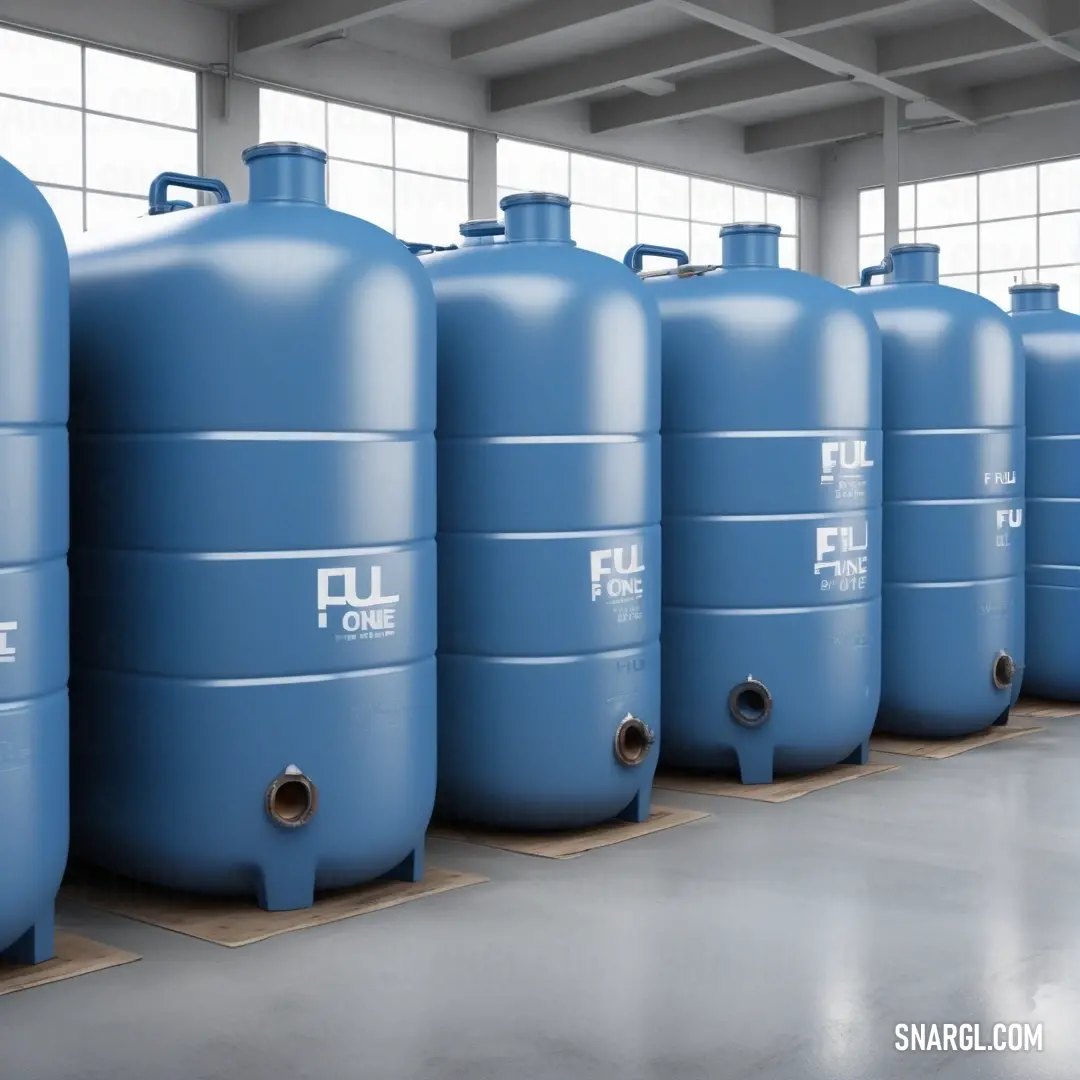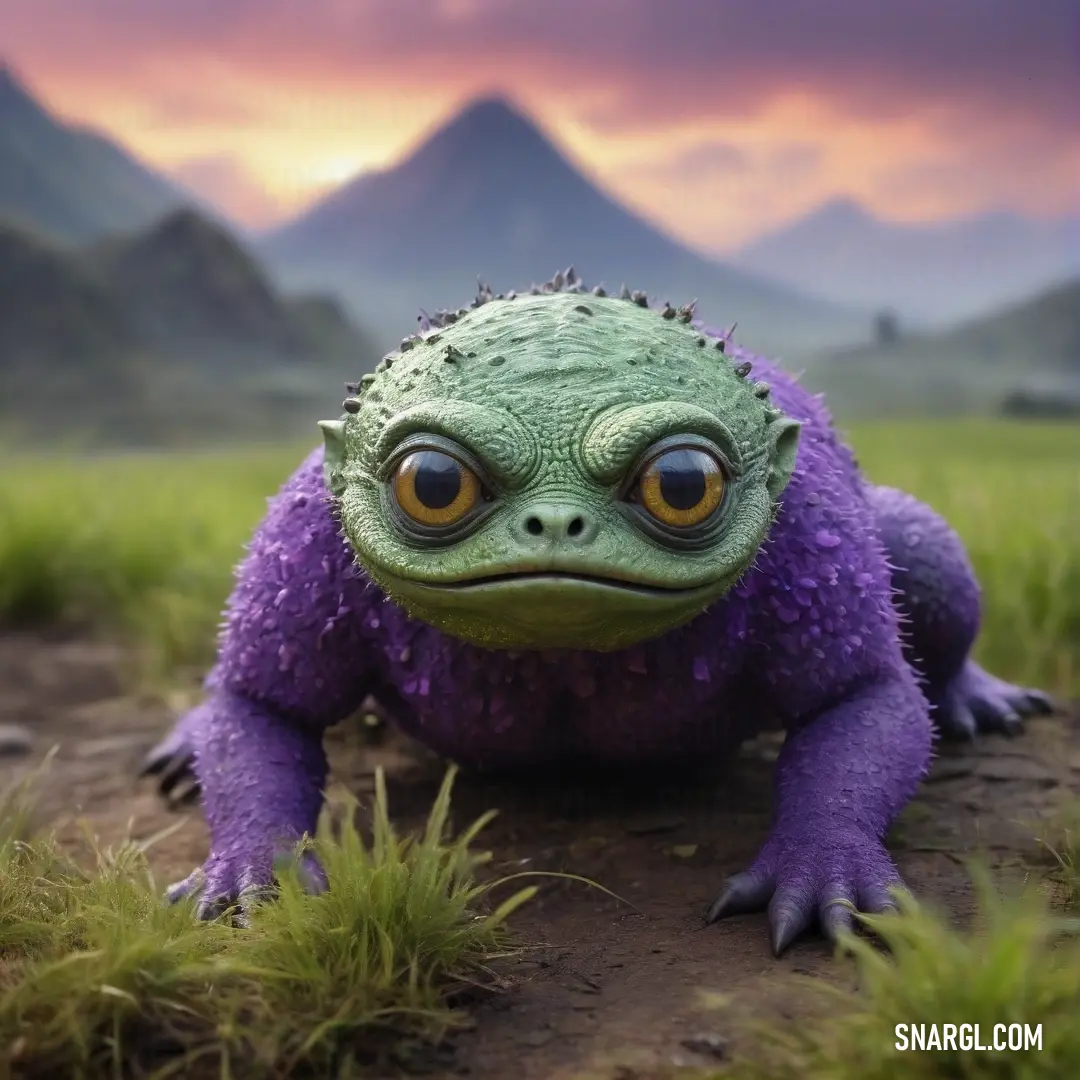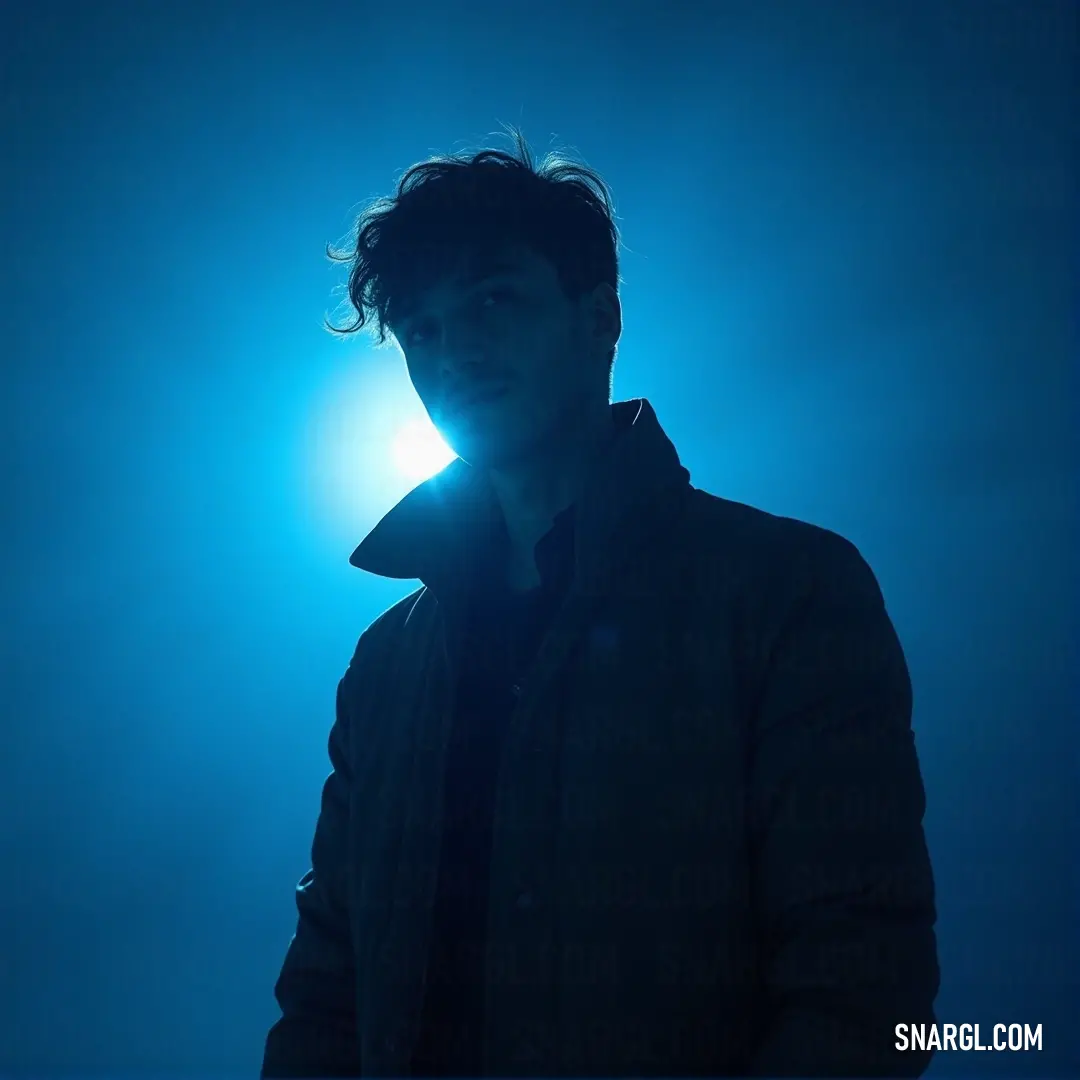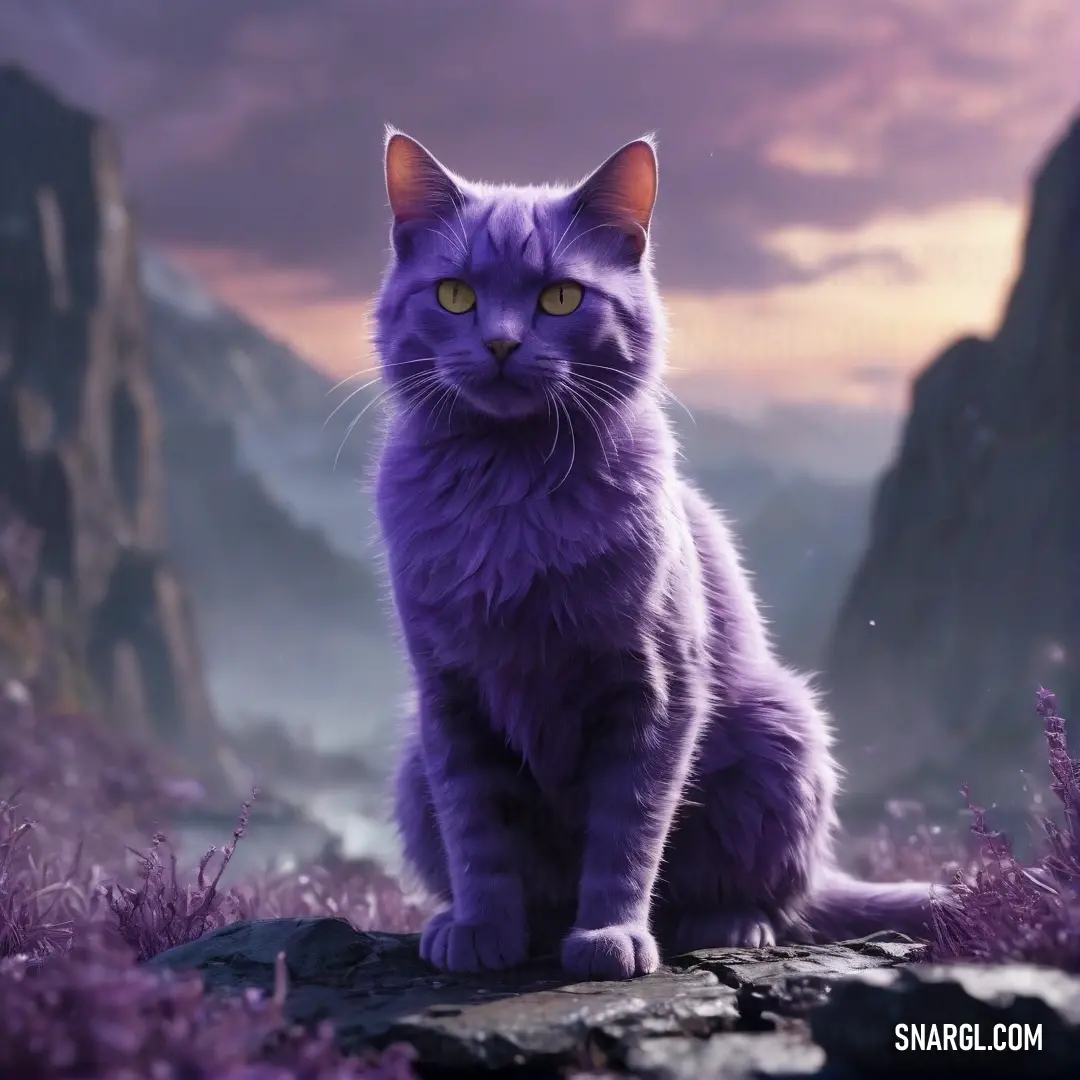Long time ago, in the bustling city of Colorville, where fashion trends reigned supreme, a revolutionary hue was about to cause chaos and laughter in the fashion industry. This was no ordinary color; it was Pantone 281, a deep, dark navy blue that was about to take the world by storm - or at least cause a significant splash.
Karl Chen, an eccentric painter known for his over-the-top experiments with colors, had recently discovered Pantone 281. His studio was a chaotic explosion of paint splatters, half-finished canvases, and the occasional cat that somehow managed to get paint in its fur. Karl was convinced Pantone 281 was the key to transforming the world of fashion.
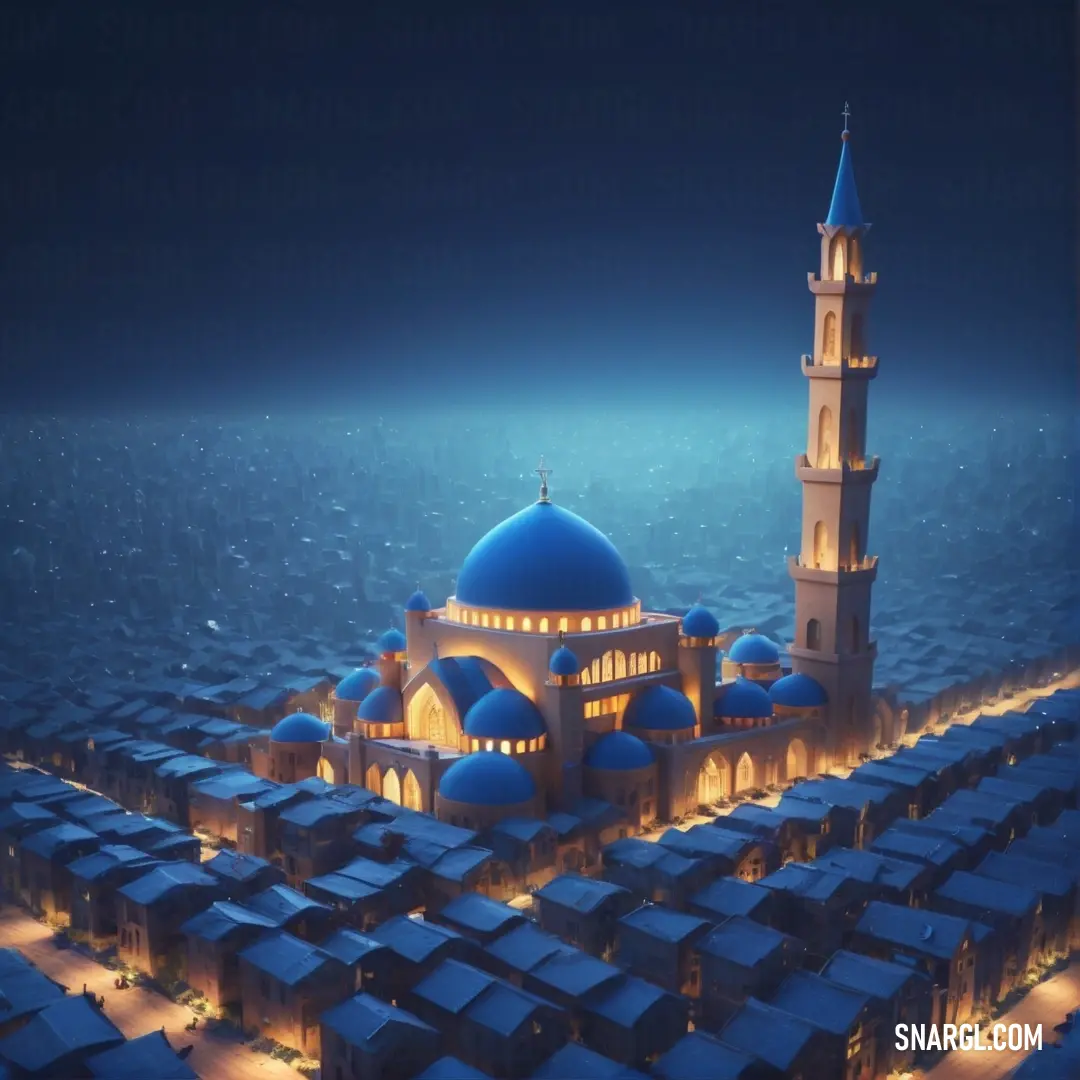
A stunning nighttime view of a grand building with a blue dome, standing out against the dark sky and a glowing cityscape below. The rich color tones and soft illumination bring this architectural masterpiece to life.
One sunny afternoon, Karl waltzed into his favorite coffee shop, his clothes smeared with every shade of blue imaginable, and proudly announced his latest obsession to his friend, Hubert Honey. Hubert was a factory worker at Colorville's most prominent textile factory and had a knack for practical jokes. His job was to oversee the printing of fabrics, but he enjoyed adding his own twist to the mundane process.
"Hubert, my friend, Pantone 281 is going to revolutionize fashion!" Karl declared, waving a swatch of the color like a battle flag.
Hubert, with a mischievous glint in his eye, responded, "Sounds fascinating, Karl. But how exactly are you going to make this color the next big thing?"
Karl's eyes gleamed with excitement. "I’ve designed an entire collection of outfits in Pantone 281. They’re going to make the whole world look like a stylish midnight sky!"
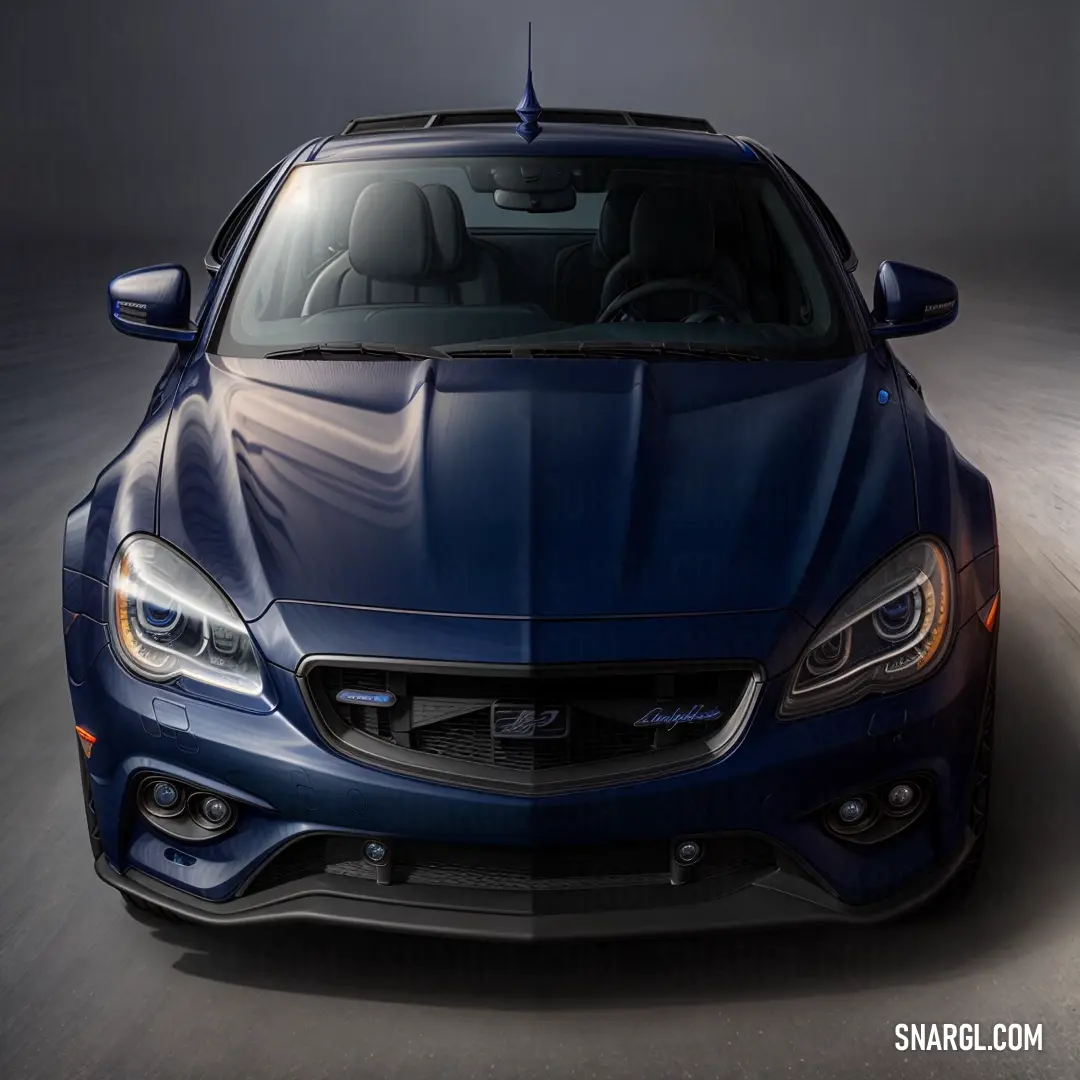
The thrill of speed comes to life with this blue sports car zipping through the night. The headlights and the striking blue color of the car create a powerful contrast with the dark surroundings, adding to the excitement.
Hubert, always up for a laugh, decided to add a little fun to Karl's grand plan. That night, while Karl was busy painting his latest masterpiece, Hubert sneaked into the textile factory and replaced the standard Pantone 281 ink with a special mix that was slightly, but unmistakably, luminescent.
The next morning, Karl’s grand fashion show was set to unveil the new Pantone 281 collection. The models strutted down the runway, showcasing their sleek, midnight-blue outfits. But as the lights hit them, something extraordinary happened: the clothes started to glow with an eerie, neon blue hue, as if they had been dipped in liquid starlight.
The audience gasped, their eyes widening in disbelief. It was as if the night sky had come alive and decided to attend a high-fashion gala. The models, struggling to maintain their composure, tried to walk gracefully but ended up looking like glowing, slightly confused aliens.
Karl, standing in the wings with his usual flair, was speechless. He’d envisioned sophistication and elegance, not a sci-fi rave. The fashion critics were equally stunned, their reviews oscillating between baffled admiration and outright confusion. One headline read, "The Glow Must Go On: Fashion Show Turns Neon Extravaganza."

A tranquil home with a deep blue roof set against a majestic mountain backdrop. The serene PANTONE 281 blue blends seamlessly with the landscape, creating a perfect retreat in nature's embrace.
Meanwhile, Hubert was in the back, barely containing his laughter. He watched as Karl’s dream of a deep, dark navy blue became the most talked-about fashion faux pas of the decade. Despite the initial shock, the glowing clothes became a viral sensation, spawning a new trend: night-sky chic.
As the weeks passed, Pantone 281, in its unexpected luminescent form, took the fashion world by storm. People everywhere were donning outfits that shimmered like the stars, and Karl, while initially mortified, learned to embrace the unexpected turn of events.
In the end, Karl and Hubert became the unlikely duo behind the most talked-about fashion mishap in history. They learned that sometimes, even the most carefully planned schemes could take an unexpected turn - and that a little humor could turn a disastrous situation into a global phenomenon. And so, the story of Pantone 281 became a legend, remembered not for its intended sophistication, but for its unexpected, glowing success.

